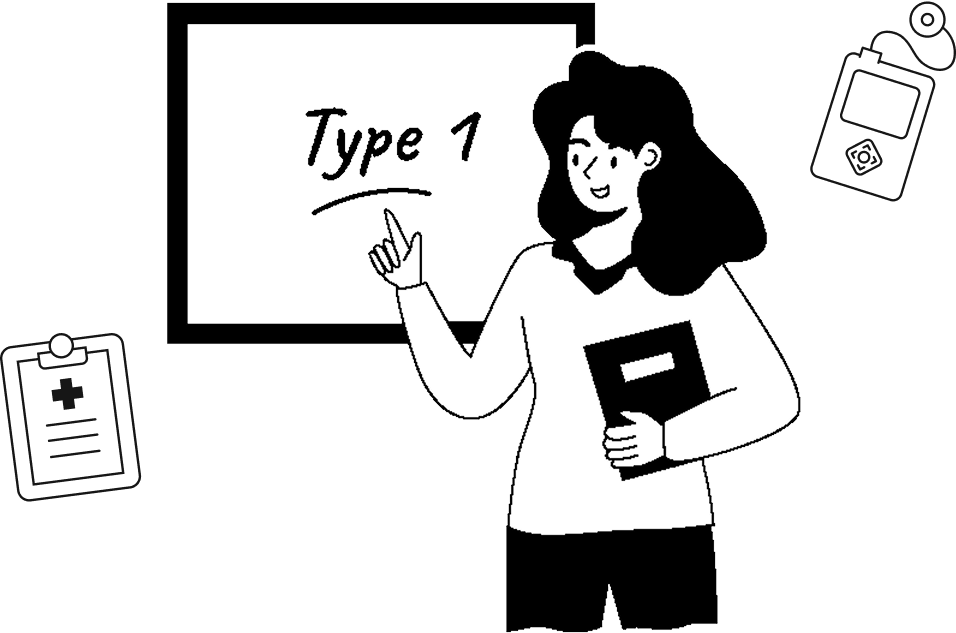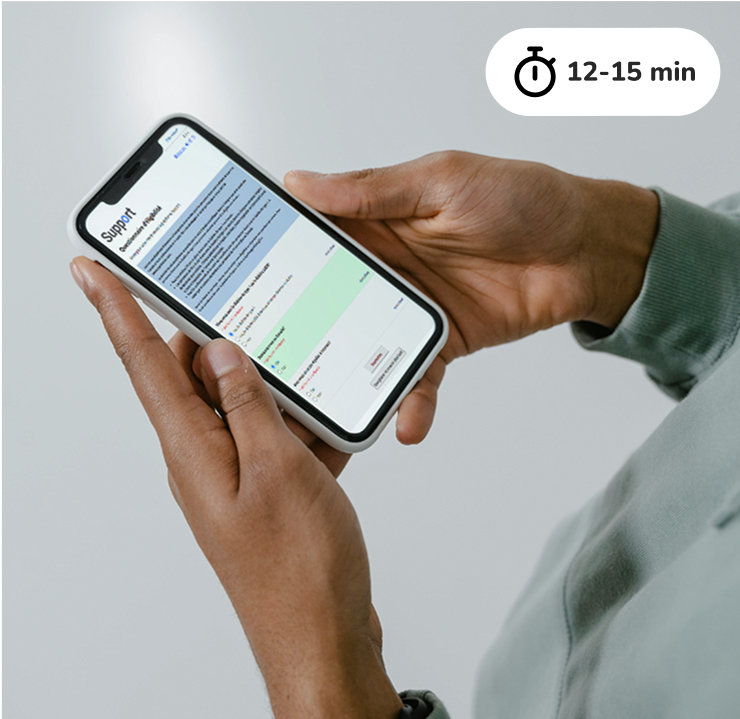Did you know that certain provinces and organizations provide financial assistance to students living with type 1 diabetes (T1D) during their post-secondary studies?
With the help of a number of BETTER registry participants, we’ve gathered information that could be helpful for anyone living with T1D.
Canadian scholarships
The Diabetes Hope Foundation (DHF), a not-for-profit organization, offers post-secondary scholarships to Canadians living with T1D. These scholarships, each worth $3,000, are awarded based on academic merit and financial need. Applications must be submitted online. The deadline for 2024 was March 4.
Another organization, Cosmopolitan Foundation Canada, also accepts applications from students with T1D for one of its three $1,000 yearly scholarships, based on funds available. Applications from all provinces are accepted, but priority is given to residents of Alberta, Saskatchewan and Manitoba.
The Government of Canada also has grants available for students with disabilities. However, students from the Northwest Territories, Nunavut and Quebec aren’t eligible. To apply, you must fill out and submit a Disability Verification Form. Once your disability has been verified, the form must be attached to your application for student financial assistance in your province. Here’s a list of provincial and territorial student financial assistance offices. If your disability is recognized at the federal level, you may qualify to receive $2,800 per year for as long as you have a disability. Note that you must be eligible for regular financial aid (based on your income) to receive a grant for students with disabilities.
Specific provincial/territorial scholarship programs
Quebec, the Northwest Territories and Nunavut have their own financial assistance programs for students with disabilities. We couldn’t find any information regarding Nunavut’s programs, but here’s what we found for Quebec and the Northwest Territories.
Quebec
Type 1 diabetes is recognized by the Quebec government as a major functional impairment (organic impairment). This status may qualify you for the conversion of post-secondary loans into grants, depending on your financial situation.
Here are the steps to follow for loan conversion:
- Have a doctor complete the 2023–2024 Medical certificate—Students/Major Functional Disabilities and Other Recognized Disabilities form, which will confirm that you live with a functional impairment and let you qualify for the full-time student status with a minimal load of two courses per semester (six credits or 20 hours per month).
- Get in touch with your school’s support services for students with disabilities to get registered, which might give you access to private scholarships offered by your institution or to certain accommodations (e.g., getting more time to write an exam if you have hypoglycemia or hyperglycemia).
- Submit your application for student financial assistance along with the form signed by your doctor. If you qualify for student loans, they could be converted into grants!
This is how Ève, a young woman living with T1D who signed up for the BETTER registry, has had all her loans converted into grants. She was eligible for financial assistance due to her personal situation. Once her loans were converted into grants, all of her tuition was covered! Lizanne, another young woman living with T1D who signed up for the registry, didn’t know that financial assistance was available when she first started university. When she heard about it, she had a hard time getting the right information to submit her application. In fact, the program is not well known, even among government employees. Over her twenty years of post-secondary studies, Lizanne eventually managed to have her loans converted into grants over a period of 4 or 5 years.
Northwest Territories
The Northwest Territories also have their own financial assistance program. Students who have a disability must ask their doctors to fill out Form G and send it along with their application. According to the latest information available, students with disabilities may be eligible to receive $4,000 per year.
Supplemental provincial grants
In some provinces, financial aid is available to top up federal grants. Your school’s services for students with disabilities can support you with the application process; it’s always recommended to seek their help. Here are a few examples:
British Columbia has a post-secondary grants program for students with disabilities who need financial support and meet certain criteria. Students with a disability must first have their status recognized by the province’s financial assistance program by completing this form. A section is for their doctors to fill out, and the same form also serves to qualify for the previously mentioned federal program. Students could be eligible for a $800 (full-time) or $400 (part-time) grant on top of the $2,800 federal grant. It may also be possible to have $1,560 in loans converted into grants. It’s worth looking into it!
The Ontario Student Assistance Program (OSAP) offers financial support to full-time students (min. 40% of a full course load) living with permanent disabilities who need it to cover their tuition. Applicants must first identify themselves as living with a disability by completing the application form, available here. One section must be completed by a doctor.
Other grants
Smaller grants may also be offered by universities, hospitals or other institutions. Don’t hesitate to check what’s available in your community!
For instance, in 2023, Université de Sherbrooke offered one student living with a chronic illness (priority given to T1D) a $1,000 grant. The grant—Le tour d’une vie-Daniel Hurtubise—might be offered again in 2024. Keep an eye out!
Each year, the Alberta Children’s Hospital Diabetes Clinic awards three grants ($1,000, $500, $500) among students who are patients.
Have you heard of or have you received grants as part of another financial assistance program for students with T1D who wish to pursue post-secondary studies? Let us know so we can share the information!
Also, remember that every person living with T1D in Canada is eligible for the Disability Tax Credit (DTC).
Written by: Nathalie Kinnard, scientific writer and research assistant
Reviewed by:
- Sarah Haag, R.N., B.Sc.
- Claude Laforest, Michel Dostie, Amélie Eloundou, patient partners of the BETTER project.





